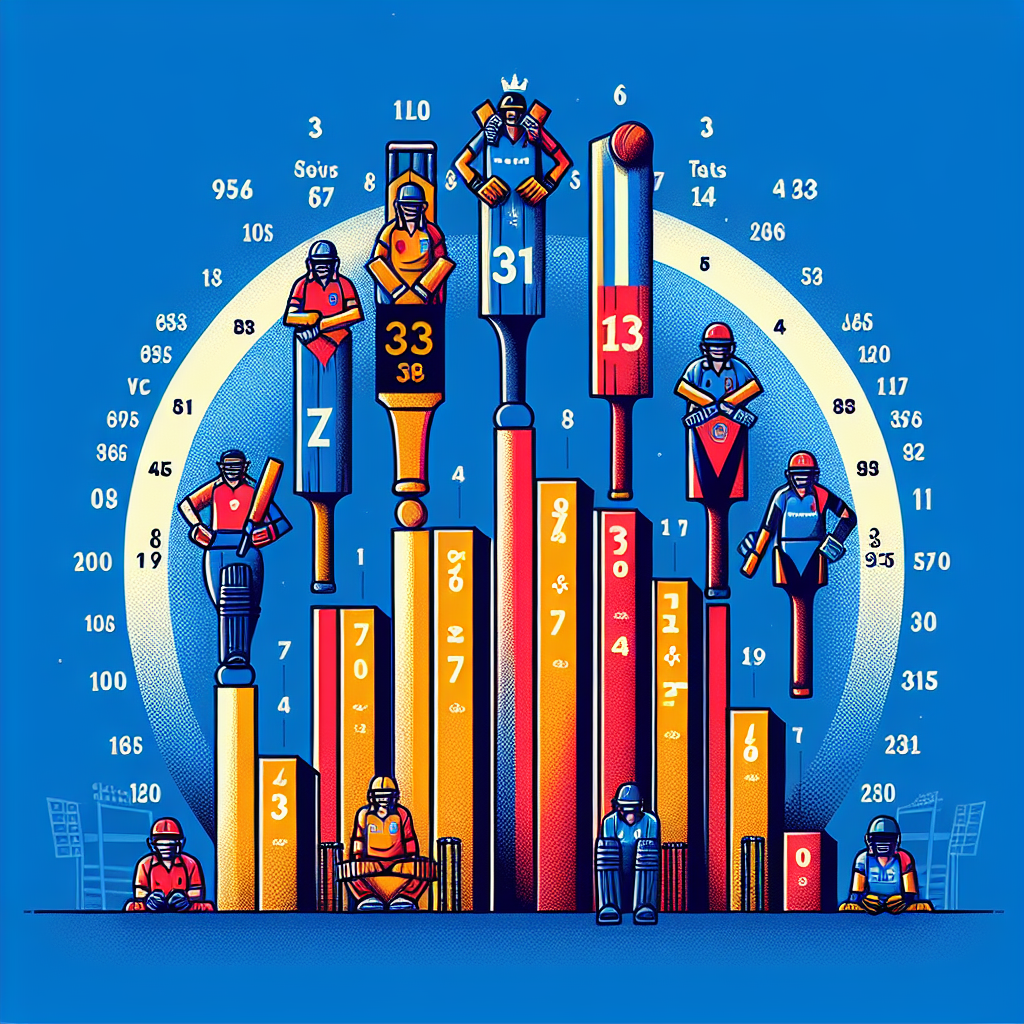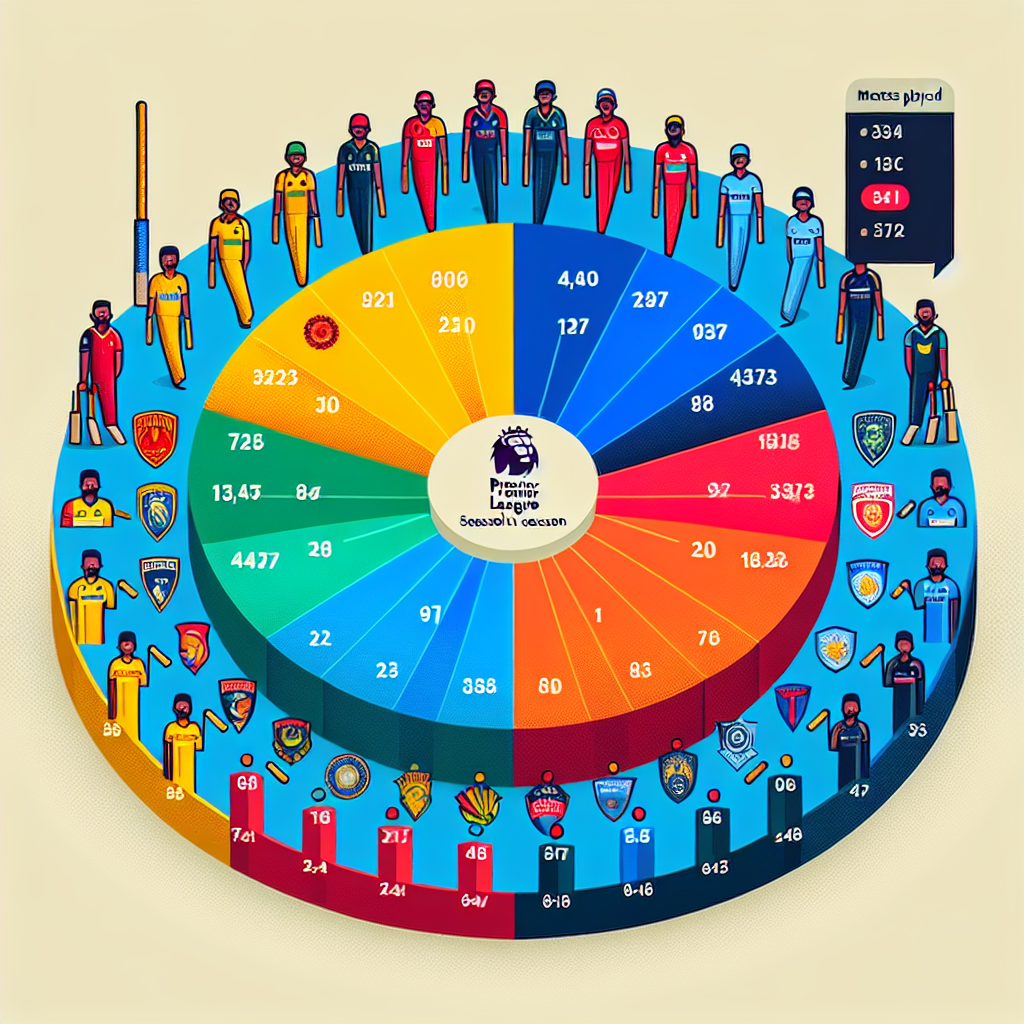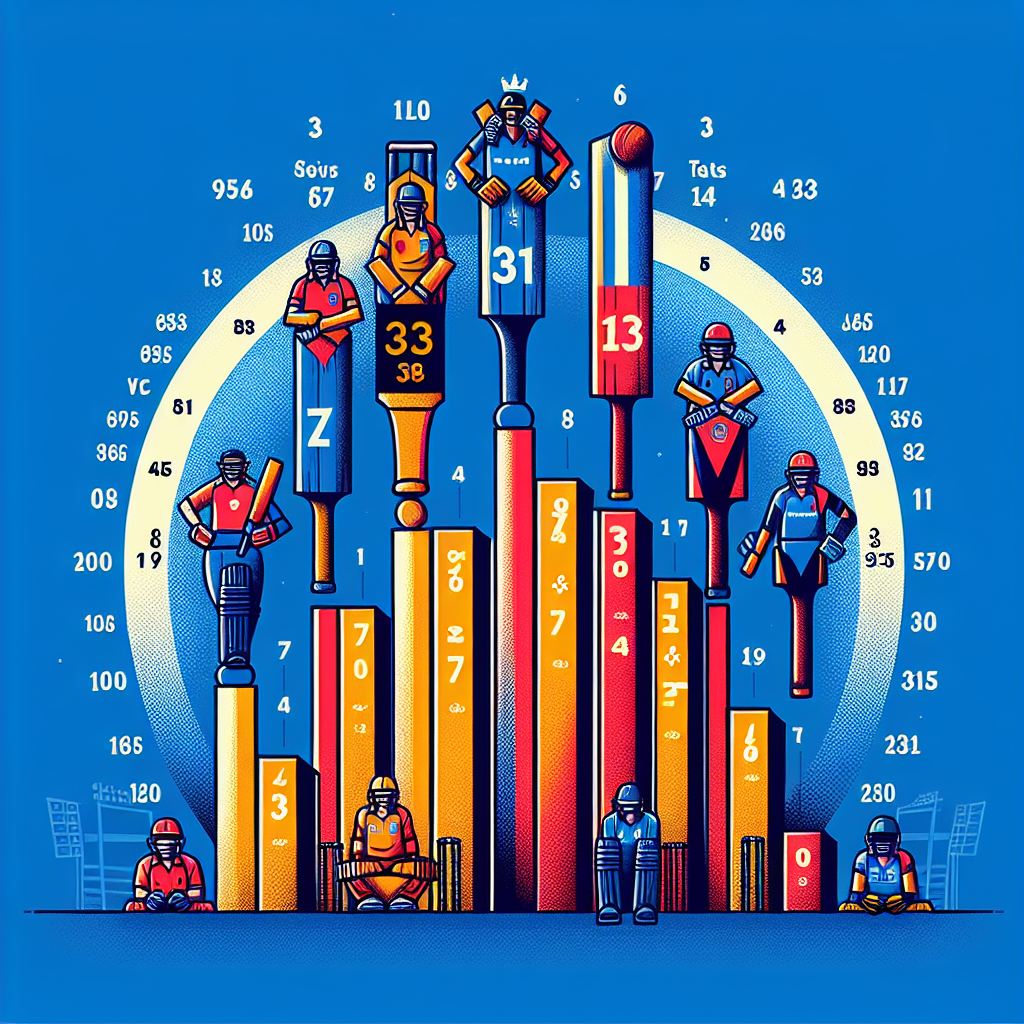How many matches per team in ipl

Breaking Down The IPL Schedule: Match Count Per Team Explained

The Indian Premier League (IPL) is a professional Twenty20 cricket league in India, which has garnered immense popularity since its inception in 2008. With its unique blend of sports and entertainment, the IPL has become a significant event in the cricketing calendar. One of the key aspects that fans and analysts often discuss is the number of matches each team plays during the tournament. Understanding the structure of the IPL schedule is crucial for comprehending how the league functions and how teams progress through the competition.In the IPL, the number of matches each team plays is determined by the format of the tournament. Traditionally, the league has followed a double round-robin format, where each team plays every other team twice, once at home and once away. This format ensures that all teams have an equal opportunity to compete against each other, thereby maintaining a level playing field. With ten teams currently participating in the IPL, this results in each team playing a total of 14 matches during the league stage.The league stage is a critical phase of the IPL, as it determines which teams advance to the playoffs. The top four teams in the points table at the end of the league stage qualify for the playoffs, which consist of two Qualifiers, an Eliminator, and the Final. The structure of the playoffs is designed to reward the teams that perform consistently well during the league stage, while also providing an opportunity for lower-ranked teams to make a comeback.To further elaborate, the first Qualifier is played between the teams that finish first and second in the league stage. The winner of this match directly advances to the Final, while the loser gets another chance to qualify by playing in the second Qualifier. The Eliminator, on the other hand, is contested between the teams that finish third and fourth. The winner of the Eliminator then faces the loser of the first Qualifier in the second Qualifier. Ultimately, the winner of the second Qualifier secures a spot in the Final, where they compete for the coveted IPL trophy.It is important to note that the number of matches each team plays can vary slightly depending on the number of teams participating in a given season. For instance, in seasons where the IPL has had fewer teams, the total number of matches per team during the league stage has been adjusted accordingly. However, the double round-robin format remains a constant feature, ensuring that each team has ample opportunity to showcase their skills and vie for a place in the playoffs.In conclusion, the IPL schedule is meticulously designed to provide a fair and competitive environment for all participating teams. By adhering to a double round-robin format, the league ensures that each team plays an equal number of matches during the league stage, thereby maintaining the integrity of the competition. As the tournament progresses into the playoffs, the structure shifts to reward consistent performance while still allowing for thrilling comebacks. This balance between structure and excitement is what makes the IPL a captivating spectacle for cricket enthusiasts around the world.
The Journey To The Playoffs: Analyzing Team Match Numbers In IPL
The Indian Premier League (IPL) has become a cornerstone of modern cricket, captivating audiences with its fast-paced matches and star-studded lineups. As the tournament unfolds each year, fans and analysts alike turn their attention to the journey each team undertakes to reach the coveted playoffs. A critical aspect of this journey is the number of matches each team plays during the league stage, which significantly influences their chances of advancing. Understanding the structure of the IPL and the distribution of matches is essential for appreciating the strategic nuances that teams must navigate.In the IPL, the league stage is designed to ensure a fair and competitive environment, where each team has an equal opportunity to showcase their skills. Typically, the tournament features eight to ten teams, depending on the season, and follows a double round-robin format. This means that each team plays every other team twice, once at home and once away. Consequently, in a season with eight teams, each team competes in 14 matches during the league stage. This structure not only provides ample opportunities for teams to demonstrate their prowess but also ensures that the competition remains intense and unpredictable.The double round-robin format is instrumental in maintaining a balanced schedule, as it allows teams to face a variety of opponents under different conditions. This diversity in matchups is crucial, as it tests the adaptability and resilience of each team. Moreover, playing both home and away matches introduces an additional layer of complexity, as teams must adjust to varying pitch conditions and crowd dynamics. These factors can significantly impact a team's performance, making the journey to the playoffs a true test of skill and strategy.As the league stage progresses, the points table becomes a focal point for teams and fans alike. Each victory earns a team two points, while a loss yields none. In the event of a tie, a Super Over is employed to determine the winner, ensuring that every match has a decisive outcome. The accumulation of points is critical, as the top four teams at the end of the league stage advance to the playoffs. Given the competitive nature of the IPL, the margin for error is often slim, and a single match can make the difference between securing a playoff spot or facing elimination.In addition to points, other factors such as net run rate (NRR) come into play when determining the standings. NRR serves as a tiebreaker when teams have equal points, rewarding those who have won their matches more convincingly. This adds another layer of strategy, as teams must not only aim for victory but also strive to win by substantial margins to boost their NRR. Consequently, every match becomes a critical component of a team's journey, with each performance potentially influencing their playoff prospects.In conclusion, the number of matches each team plays in the IPL is a fundamental aspect of their journey to the playoffs. The double round-robin format ensures a balanced and competitive league stage, where teams must navigate a series of challenges to secure a top-four finish. As the tournament progresses, the interplay of points and net run rate adds complexity to the standings, making every match a pivotal moment in the quest for playoff glory. Understanding these dynamics enriches the viewing experience, offering insights into the strategic depth that defines the IPL.



